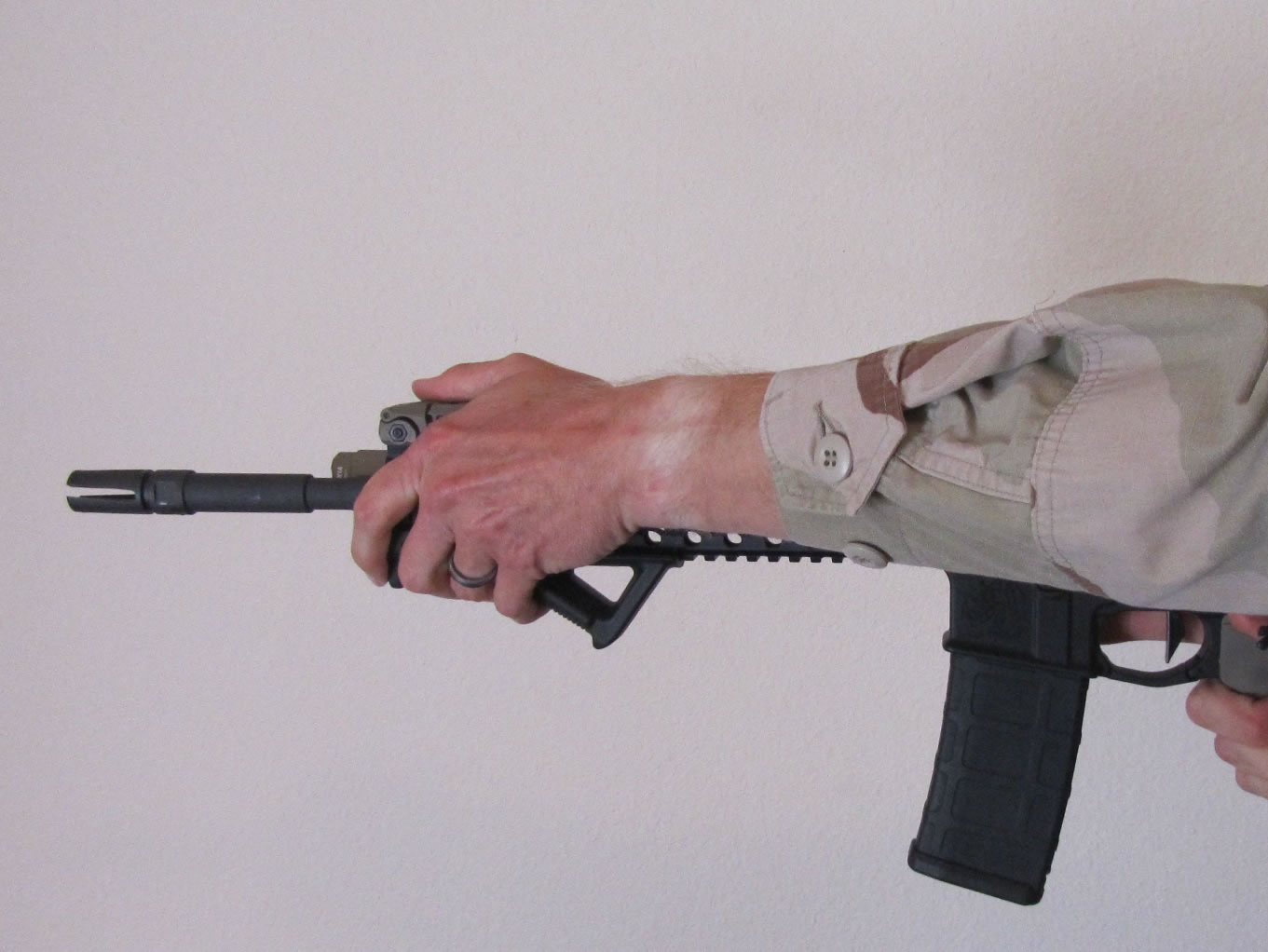DOJ Study Fails to Show 1994 Assault Weapons Ban Worked

After the tragic shooting in an Aurora, Colorado movie theater, there have been a number of calls for more controls on firearms, particularly another ban on so-called assault weapons. Michael Bloomberg was one of the first to use this tragedy to encourage more legal controls on firearms ownership.
To understand if reinstating the "assault weapons" ban would be effective, we should look at what an assault weapon is and the effects of the decade-long ban that was in place from 1994 to 2004.
Prior to the adoption of the assault weapons ban (AWB) in the Violent Crime Control and Law Enforcement Act, there wasn't a specific definition of an assault weapon. The closest thing to an assault weapon would be an assault rifle, which is a short-barrel (under 16 inches) which can shoot in semi-automatic (one bullet with each pull of the trigger), select-fire (usually 3 bullets with each pull of the trigger), or fully-automatic (multiple bullets with each pull of the trigger).
Sale, ownership, and possession of firearms that can use select-fire or are fully-automatic is controlled through the National Firearms Act (NFA) of 1968. The AWB covered a different set of firearms from those covered by the NFA of 1968. A small part of the 1994 Violent Crime Control and Law Enforcement Act, the ban prohibited the sale and manufacture of:
(B) a semiautomatic rifle that has an ability to accept a detachable magazine and has at least 2 of--(i) a folding or telescoping stock;(ii) a pistol grip that protrudes conspicuously beneath the action of the weapon;(iii) a bayonet mount;(iv) a flash suppressor or threaded barrel designed to accommodate a flash suppressor; and(v) a grenade launcher;(C) a semiautomatic pistol that has an ability to accept a detachable magazine and has at least 2 of--(i) an ammunition magazine that attaches to the pistol outside of the pistol grip;(ii) a threaded barrel capable of accepting a barrel extender, flash suppressor, forward handgrip, or silencer;(iii) a shroud that is attached to, or partially or completely encircles, the barrel and that permits the shooter to hold the firearm with the nontrigger hand without being burned;(iv) a manufactured weight of 50 ounces or more when the pistol is unloaded; and(v) a semiautomatic version of an automatic firearm; and(D) a semiautomatic shotgun that has at least 2 of--(i) a folding or telescoping stock;(ii) a pistol grip that protrudes conspicuously beneath the action of the weapon;(iii) a fixed magazine capacity in excess of 5 rounds; and(iv) an ability to accept a detachable magazine.
The most popular of the so-called assault weapons sold in the US are the AR-15-style models (Despite allegations to the contrary, the AR refers to Armalite, the original manufacturer, not "assault rifle.") Undoubtedly there are some that purchase them because they are "military style," but much of the popularity comes from the versatility. The design of the rifles is modular, making customizing and changing configuration very easy. Because most of the parts for the AR-style models are standardized, there are a plethora of accessories available.
Though reputed to be "high-power," the AR-15 ammunition isn't. The development of the ammunition, and hence, the rifle, came from the need for the military to carry lighter ammunition than the .308 caliber used in the M-1 rifle the AR-15 replaced. If we look at ammunition power, the .223 caliber that the AR uses is actually fairly low, as is the diameter of the bullet itself. Ammunition power is measured in foot-pounds (ft/lbs). A review of some of the energy data from Hornady, a major manufacturer of ammunition shows that the AR-15 .223 caliber is not particularly high powered. For comparison, .308 (the caliber of the M-1 the AR replaced) and 30-06, a traditional hunting caliber are listed:
.223 - 1,282 ft/lbs
.308 - 2,446 ft/lbs
30-06 - 3,178 ft/lbs
One distinct advantage we have to decide whether reinstating the AWB would be effective is the benefit of empirical evidence. Part of the law enabling the AWB also required the Department of Justice to look at the effect of the ban on crime before and after the decade that it was in place. The study failed to show a significant impact on "assault weapon" use or support the allegation that large capacity magazines lead to more murders.
Mass murders are tragic and, fortunately, rare. There is no data to support the notion that reinstating an AWB will prevent further tragedies. In fact, two of the largest mass murders in US history, the 9/11 attacks on the World Trade Center towers and Pentagon, and the Oklahoma City Federal Building bombing did not even involve firearms.
Sadly, there is precious little we can do to prevent these types of attacks.




